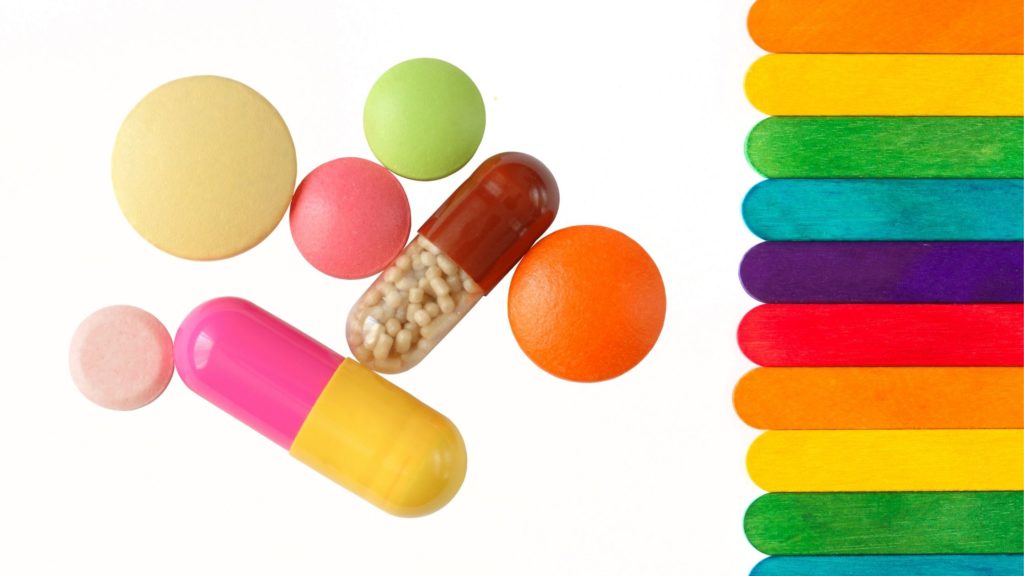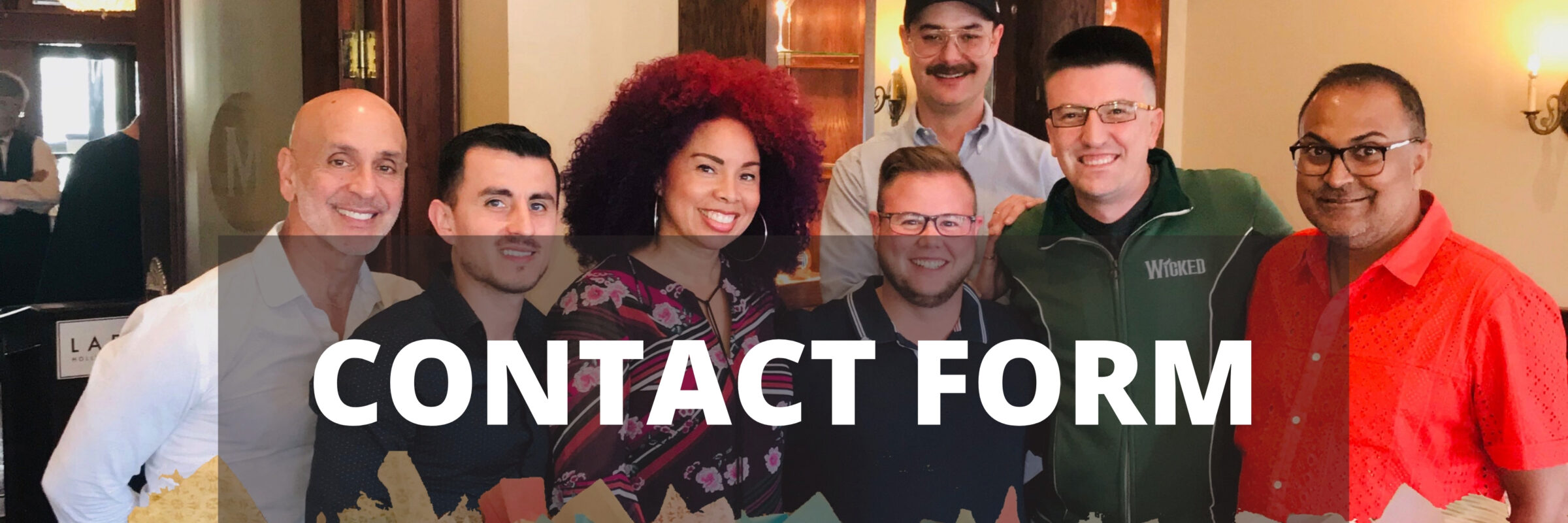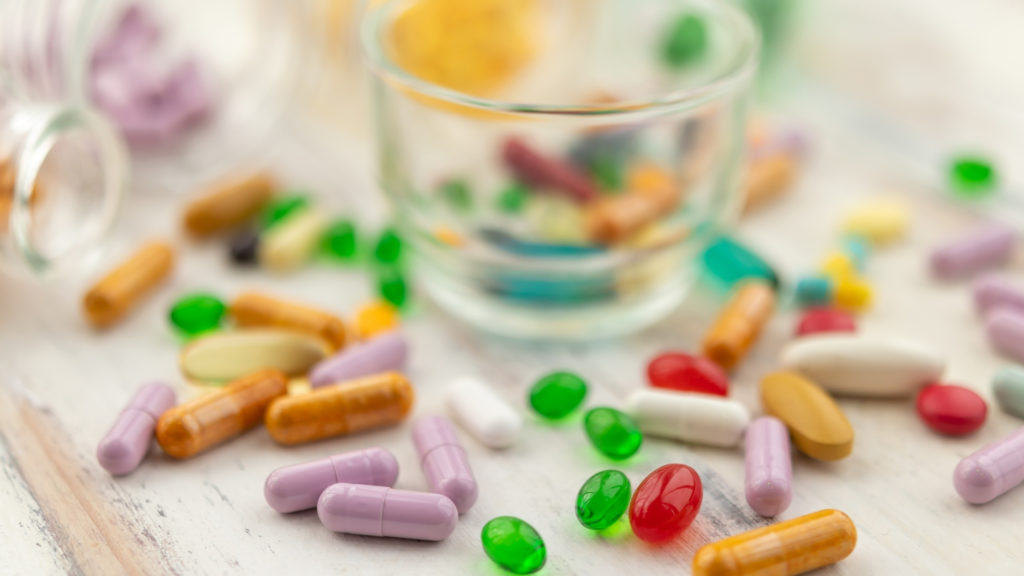And You’ve Probably Got Them In Your Medicine Cabinet
Addiction rates are 2-4 times higher in the LGBTQ community than in the general population. And while most studies about LGBTQ substance abuse focus on alcohol, tobacco and illicit drugs, more and more are looking at prescription drug misuse within the community. Prescription drug misuse means taking medicine in a different way than was prescribed. This could include taking a larger dose, taking medicine prescribed for someone else or using the medicine for an unintended purpose, like getting high. While studies are still emerging, initial results show that prescription drug misuse is already an increasingly serious issue in the LGBTQ community.
Commonly Abused Prescription Drugs
Initial findings suggest that opioids like OxyContin® and Percocet® and benzodiazepines like Xanax® and Valium® are among the most commonly misused prescription drugs.
Opioids
Opioids, or narcotics as they’re sometimes referred to, are a family of drugs whose primary medical use is acute pain relief following a surgery or an injury. They’re also prescribed for chronic pain, cough and diarrhea control, and as a treatment for other opioid addictions like heroin. Sold under brand names like OxyContin® and Percocet®, opioids are sold as tablets, capsules, syrups, solutions and suppositories. The DEA classifies prescription opioids as Schedule II drugs because they have a high potential for abuse. Opioids are frequently abused because they produce euphoria and a calm, relaxed high. Chronic use and abuse can lead to physical and psychological dependence.
Benzodiazepines
More commonly referred to as benzos, these drugs act as hypnotics, muscle-relaxants and anticonvulsants. Doctors prescribe them as a short-term solution for generalized anxiety disorder, insomnia and alcohol withdrawal. Sold under brand names like Valium®, Xanax® and Klonopin®, they come in liquid, tablet or pill form. Rectangular Xanax tablets, often called Xanax bars, are the eighth-most prescribed drug in the United States. On one hand, Xanax bars and other benzos are generally considered to have a low potential for abuse and dependency. But on the other hand, about 20% of people who have a prescription for Xanax misuse it. Long-term use can lead to Xanax addiction and severe withdrawal symptoms.
Differences Between LGBTQ and Heterosexual Prescription Drug Misuse
 As with other kinds of substance abuse, the LGBTQ population is disproportionally represented when it comes to prescription drug misuse. Take, for example, a 2014 study of college-aged lesbians and bisexual women. The study demonstrated that both groups experience higher rates of prescription drug abuse than their heterosexual counterparts. Or a 2018 study of lesbian, gay and bisexual people that found these groups were more likely to misuse prescription opioids than heterosexuals, with bisexual women being most at risk. There’s also increasing evidence that this population may be at a greater risk for opioid exposure in medical settings. According to one study, 58% of LGBTQ respondents reported ever being prescribed an opioid, compared with 35% of their heterosexual counterparts. There are a couple of possible explanations for the data. One is the increase in gender affirmation surgeries within the transgender population. As with most invasive surgeries, opioids are prescribed for post-surgical pain management. Because opioid dependence is correlated with the frequency of opioid exposure, transgender patients are at an increased risk of developing an opioid dependence following each surgery. Another explanation is that both transgender people and older people with HIV report higher levels of chronic pain than the general population. As a result, up to 20% report taking opioid-based pain medication. Both cases demonstrate how subpopulations of the LGBTQ community are at an increased risk of developing an opioid use disorder. What’s even more concerning is that the problem is getting worse. A 2017 study reported that 6.4% of lesbians, gays and bisexuals aged 26 or older reported misuse of prescription opioids. That number was up to 9% the following year. That’s not to say it’s only adults who are at risk. LGBTQ youth are particularly vulnerable to prescription drug misuse, especially when it comes to opioids. Studies show that sexual minority youths try opioids earlier and stay hooked longer than their straight counterparts. Although a fair number of studies have looked at prescription opioid abuse within the LGBTQ community, fewer studies have focused on other types of prescription drug abuse. However, there is some evidence to suggest that lesbians disproportionally struggle with benzo abuse, especially Xanax bars and Valium. Within this population, 5.9% abused prescription tranquilizers, 1.2% abused prescription sedatives and 4.2% abused prescription stimulants.
As with other kinds of substance abuse, the LGBTQ population is disproportionally represented when it comes to prescription drug misuse. Take, for example, a 2014 study of college-aged lesbians and bisexual women. The study demonstrated that both groups experience higher rates of prescription drug abuse than their heterosexual counterparts. Or a 2018 study of lesbian, gay and bisexual people that found these groups were more likely to misuse prescription opioids than heterosexuals, with bisexual women being most at risk. There’s also increasing evidence that this population may be at a greater risk for opioid exposure in medical settings. According to one study, 58% of LGBTQ respondents reported ever being prescribed an opioid, compared with 35% of their heterosexual counterparts. There are a couple of possible explanations for the data. One is the increase in gender affirmation surgeries within the transgender population. As with most invasive surgeries, opioids are prescribed for post-surgical pain management. Because opioid dependence is correlated with the frequency of opioid exposure, transgender patients are at an increased risk of developing an opioid dependence following each surgery. Another explanation is that both transgender people and older people with HIV report higher levels of chronic pain than the general population. As a result, up to 20% report taking opioid-based pain medication. Both cases demonstrate how subpopulations of the LGBTQ community are at an increased risk of developing an opioid use disorder. What’s even more concerning is that the problem is getting worse. A 2017 study reported that 6.4% of lesbians, gays and bisexuals aged 26 or older reported misuse of prescription opioids. That number was up to 9% the following year. That’s not to say it’s only adults who are at risk. LGBTQ youth are particularly vulnerable to prescription drug misuse, especially when it comes to opioids. Studies show that sexual minority youths try opioids earlier and stay hooked longer than their straight counterparts. Although a fair number of studies have looked at prescription opioid abuse within the LGBTQ community, fewer studies have focused on other types of prescription drug abuse. However, there is some evidence to suggest that lesbians disproportionally struggle with benzo abuse, especially Xanax bars and Valium. Within this population, 5.9% abused prescription tranquilizers, 1.2% abused prescription sedatives and 4.2% abused prescription stimulants.
Why The Difference?
Drug abuse, including prescription drug misuse, is best understood within the framework of the Minority Stress Model. This model explains how, from a young age, LGBTQ people experience discrimination, marginalization and victimization as a result of their minority status. The stress of these external factors can disrupt their ability to cope adaptively, regulate emotions and develop positive interpersonal relationships. Over time, LGBTQ people internalize external stigma, resulting in maladaptive traits like self-hate, feelings of worthlessness and fear of rejection. As a result, some turn to prescription drugs and other substances for relief or euphoria. Childhood emotional abuse, something LGBTQ people are significantly more prone to, is a complementary explanation for the higher rates of prescription drug abuse found within this community. In particular, one study found that LGBTQ youth who reported childhood emotional abuse were at a greater risk for early initiation into tranquilizers, including Xanax bars.
Treatment for Prescription Drug Misuse
Prescription drug addiction within the LGBTQ community is the result of unique factors including, but not limited to, familial rejection, abuse (physical, emotional, sexual) and discrimination. Members of the LGBTQ community who suffer from prescription drug addiction need LGBTQ-specific addiction treatment that addresses these unique challenges and provides appropriate coping mechanisms. In fact, studies show that LGBTQ people who attend LGBTQ-specific treatment programs have better outcomes than those who attend non-specialized programs. At La Fuente Hollywood Treatment Center, we understand the importance of specialized programs. That’s why we only treat members of the LGBTQ community. We’re one of the nation’s leading LGBTQ-specific drug treatment centers and we have over two decades of experience helping LGBTQ people overcome prescription drug addiction. If you or someone you love is struggling with prescription drug addiction, now is the time to get help. Contact us and let’s start your recovery process together. [contact-form-7 id=”14454″ title=”Treatment Contact Form”]
[contact-form-7 id=”14454″ title=”Treatment Contact Form”]




